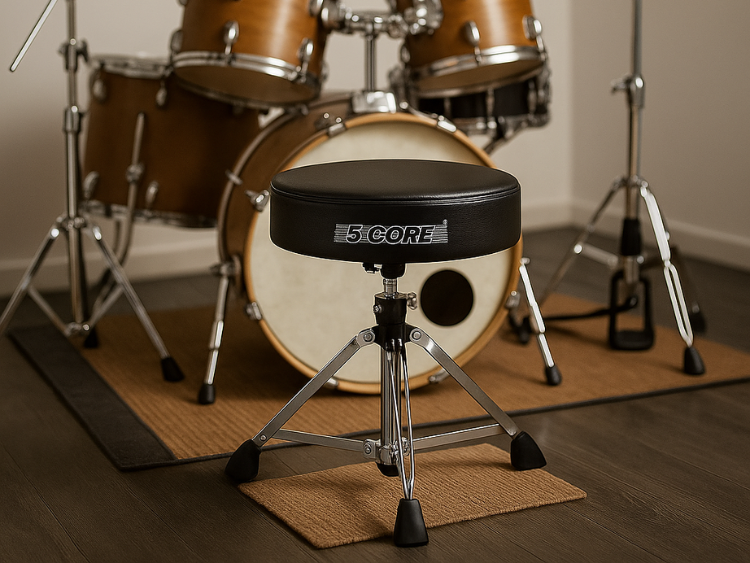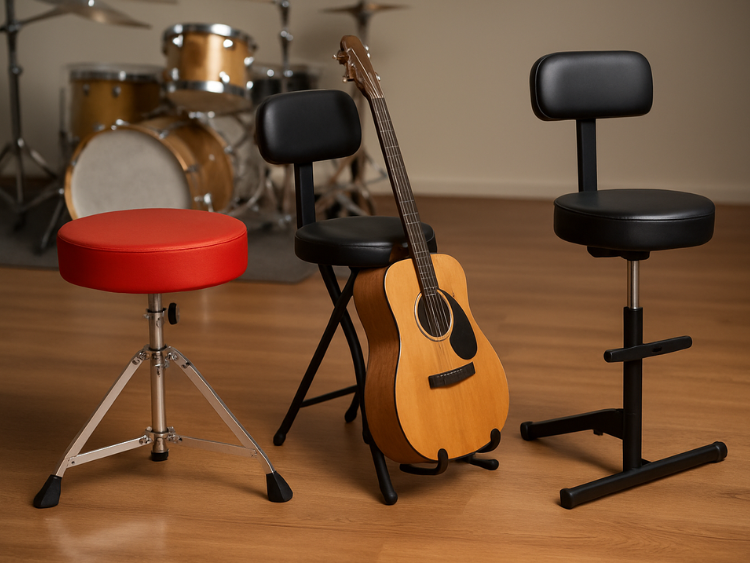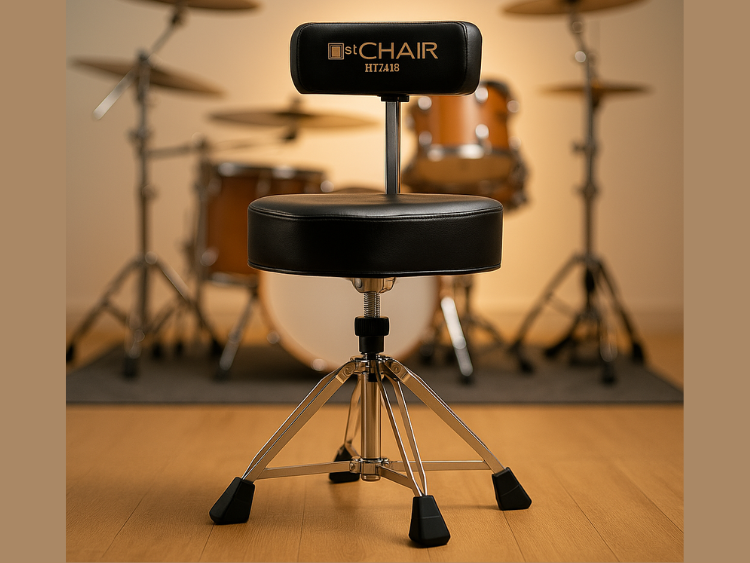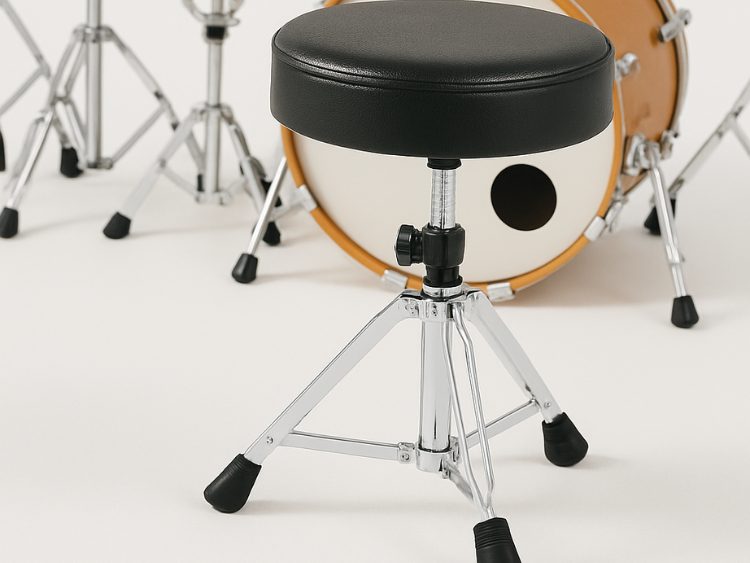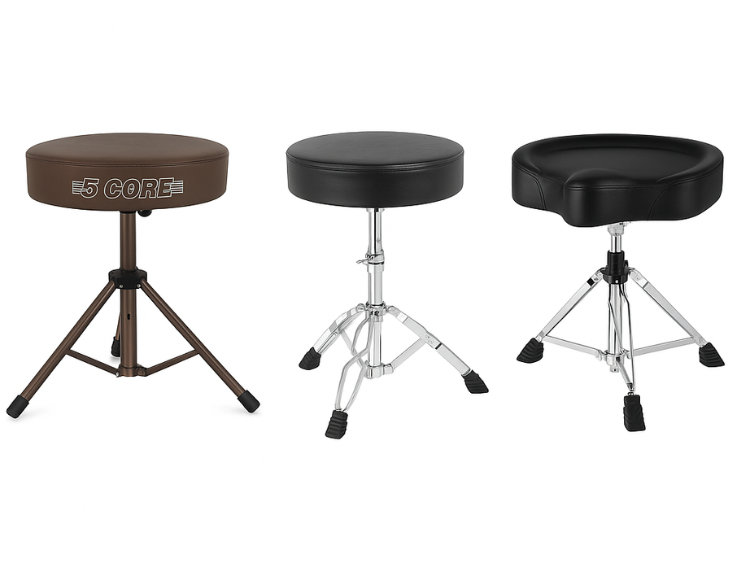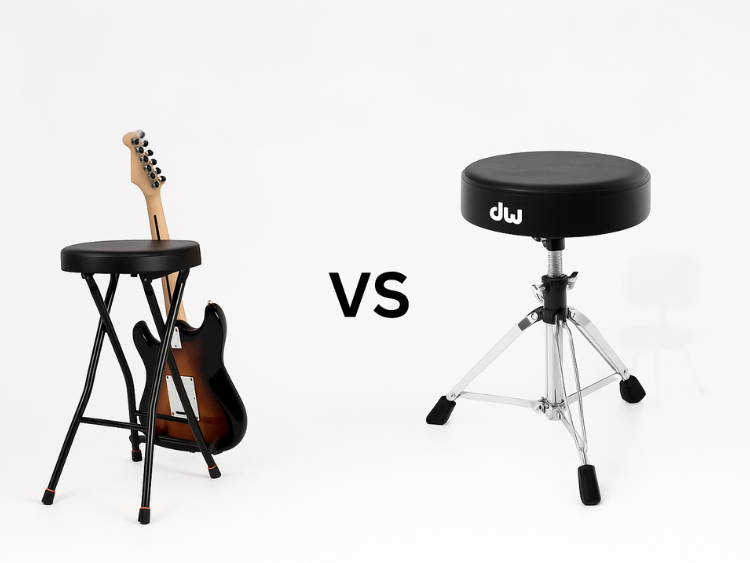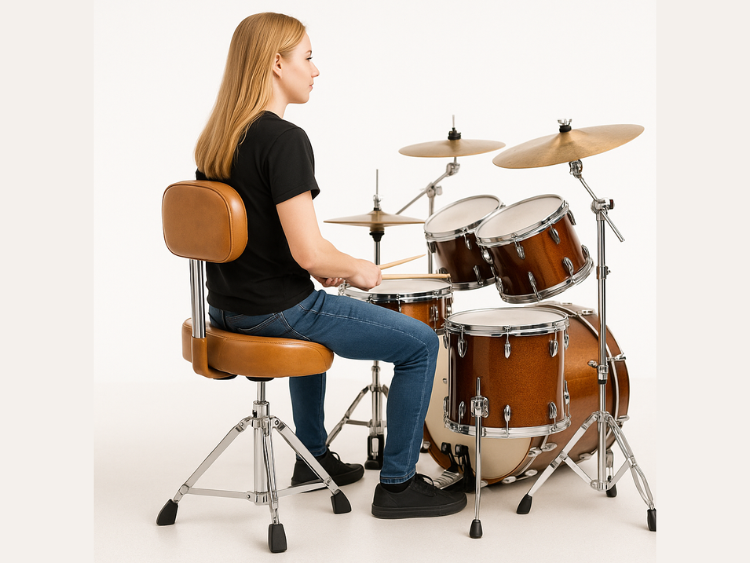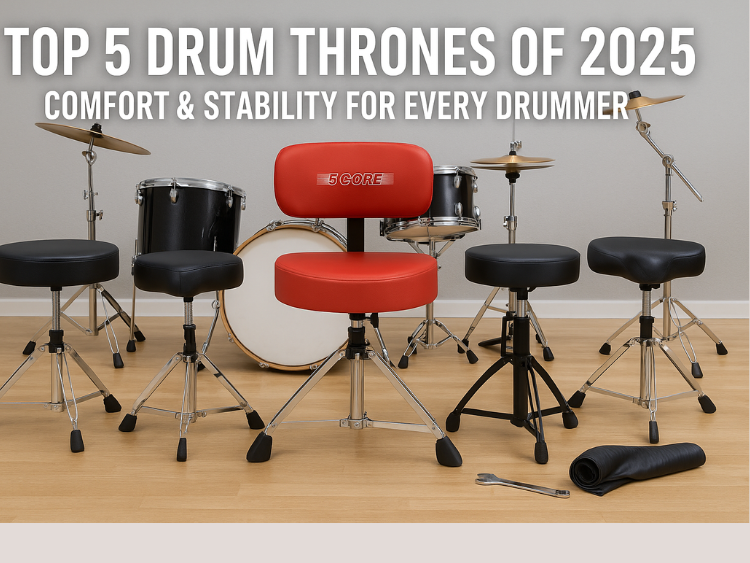How to Choose the Right Amp for Your Drum Kit in 2025
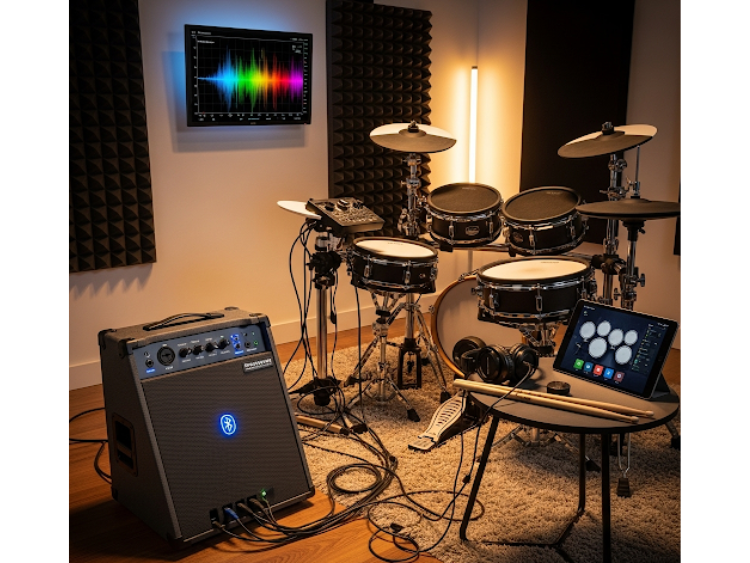
When choosing your amp to use with your drum kit, you should not be so concentrated on how loud it is, but you need to check its ability to pick up all the sound, no matter how low or high it may go, starting with the boom of the kick to the clink of the cymbals. Wikipedia on audio system measurements provides the information that a broad frequency response assists in producing uniform sound across the entire audible spectrum, which is essential in bass-laden drums. Frequency range, power headroom, and clarity should be your first priority by 2025 in order to locate an amp that would fit your drum setup properly.
Let’s break down what you need to know before buying.
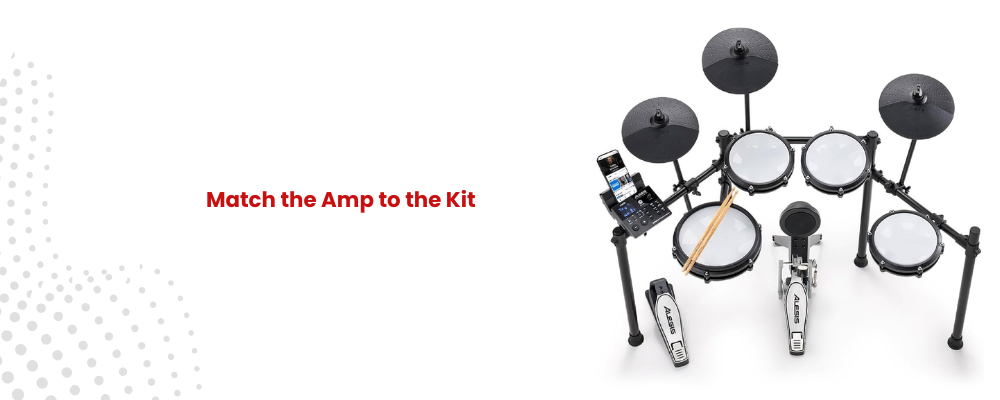
Understand Your Kit and Needs
Begin with your drum setup. When you have a small electronic kit such as Roland TD-07 or Alesis Nitro Max, you will not need a massive rig. However, when you play using a high-end V-Drum set or a hybrid kit with several triggers, you will need a better frequency response and sound with a better range.
Consider your favorite places to play. You may only need a low-watt amp that has a headphone jack, which can be used in bedroom practice. However, on rehearsals or gigs that are smaller, you may want something louder and leave enough headroom so that your kick and snare do not get lost.
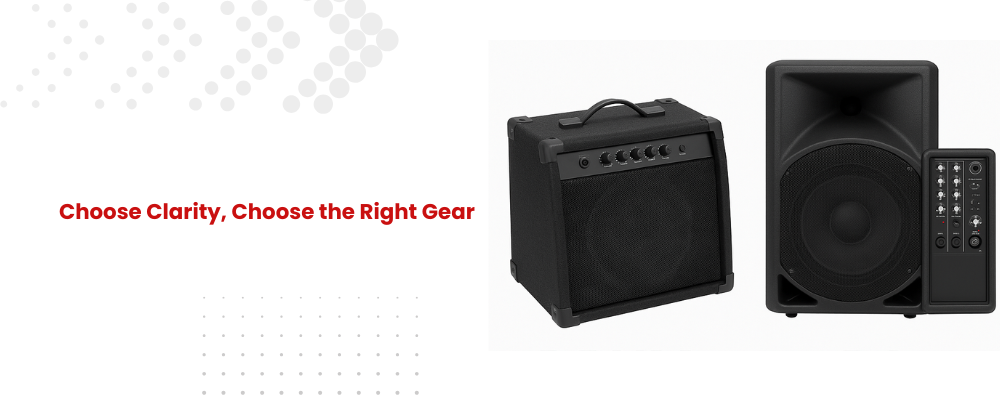
Know the Difference: Drum Amps vs. PA Systems
It is also easy to plug into any speaker. The thing is, however, that guitar amps and simple PA systems are not made to handle the full frequency impact of drums. An appropriate drum amp is one that is designed to accommodate kick thump, low end, midrange toms, and a cymbal sparkle playing without clipping or sounding muddy.
By 2025, a wide range of drum amps will be available with integrated EQ, Bluetooth, and multi-inputs to feed backing tracks, metronomes, or click. That makes them much more adaptable than the old ones.
Wattage: Don’t Just Go Bigger
More watts don’t always mean better. A 50–100W amp is great for home use or rehearsals. For stage use, look in the 200–300W range if you’re not mic’d through a PA. Higher wattage gives you cleaner volume—not just loudness, but detail at higher levels.
Some compact models also come with coaxial drivers, giving better sound dispersion in small rooms. That’s perfect if your playing space doubles as your living room or studio.
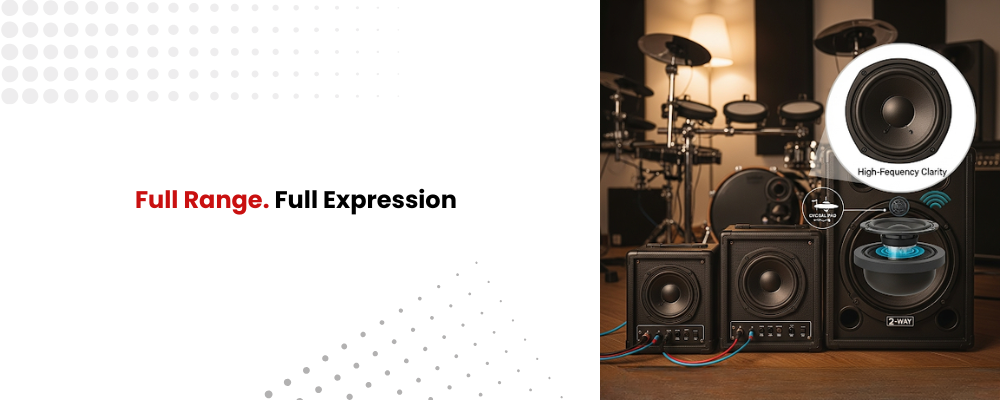
Speaker Size and Design
Speaker size matters more than you think. An 8-inch speaker works fine for practice, but 10- or 12-inch drivers deliver a more complete drum sound—especially for your kick and toms.
Many amps also come with a tweeter alongside the main speaker. This adds clarity to your cymbals and snare articulation. If your kit has a lot of electronic cymbal work or high-frequency pads, look for an amp with a 2-way design.
Inputs, EQ, and Features to Watch
The best drum amps in 2025 do more than just amplify. They act like mini mixers.
Look for:
Multiple inputs so you can connect your drum module, phone, or a click track.
Built-in EQ to fine-tune your tone depending on the room.
Line out or XLR out if you want to send your sound to a PA or interface
Bluetooth for jamming with tracks without messy cables.
Also, consider portability. Some amps are heavy and bulky, while others are built to be moved easily. If you gig or travel often, that matters.
Match Your Amp to Your Space
Small room? Choose something with a flatter frequency curve and low-volume clarity. Rehearsal space or jam sessions? Go with a more powerful model that can compete with guitar amps and bass.
And don’t forget: for home setups, pairing your amp with a quality drum throne helps you hear and feel low-end better—especially if you play barefoot or with light shoes.
Final Thoughts: It’s About Sound and Feel
The correct amp brings your kit to the point of life. It must render each of your ghost notes, rimshots, and double kicks the way you want them to sound--no harsh peaks, and no lows. You do not have to pay so much money that you have to match the amp with what you need.
No matter whether you are rehearsing at home or playing in local bars, getting the sound you want out of your electronic or hybrid kit is easier with the proper amp.
Explore drum accessories, thrones, and practice gear that complement your amp setup at Drum Shop Store and unlock your kit’s full potential in 2025.
